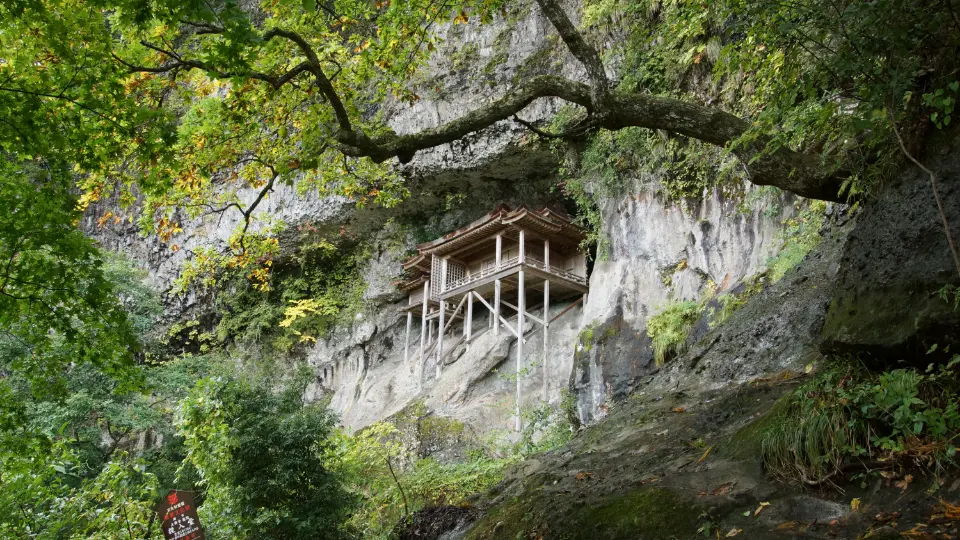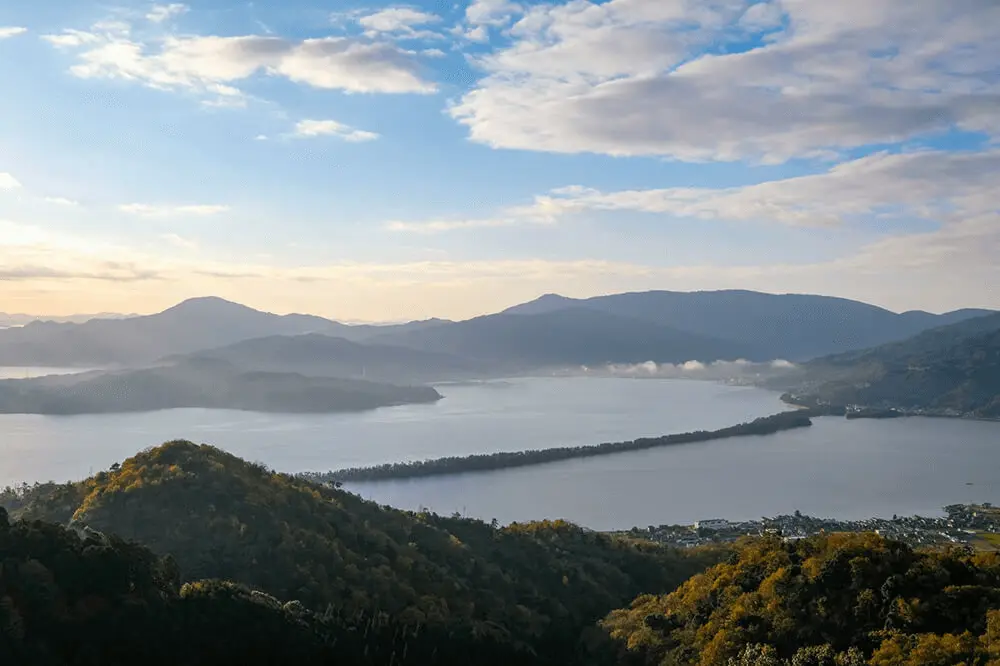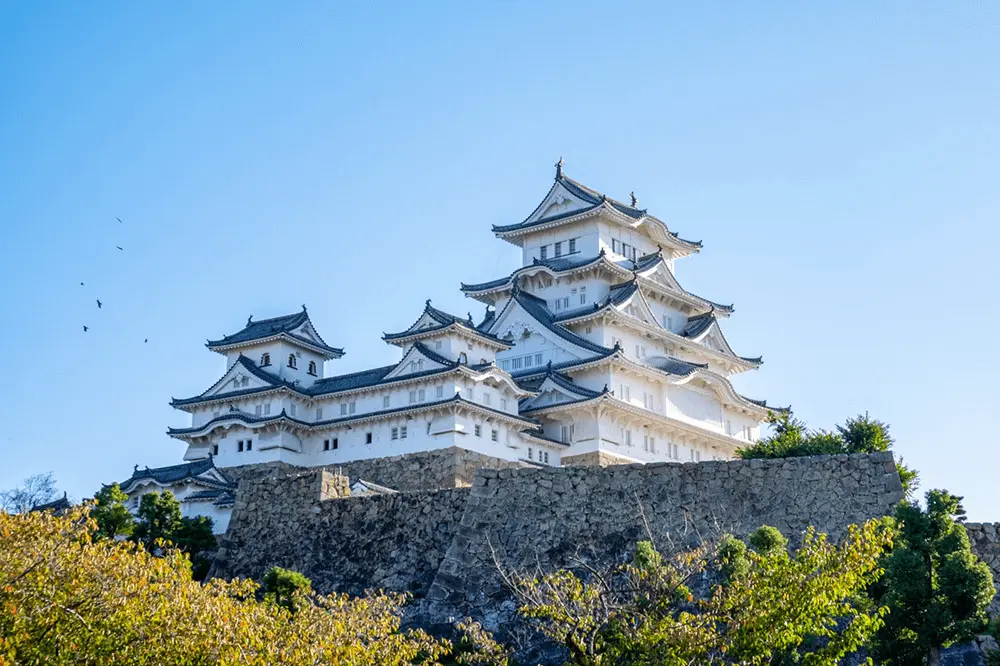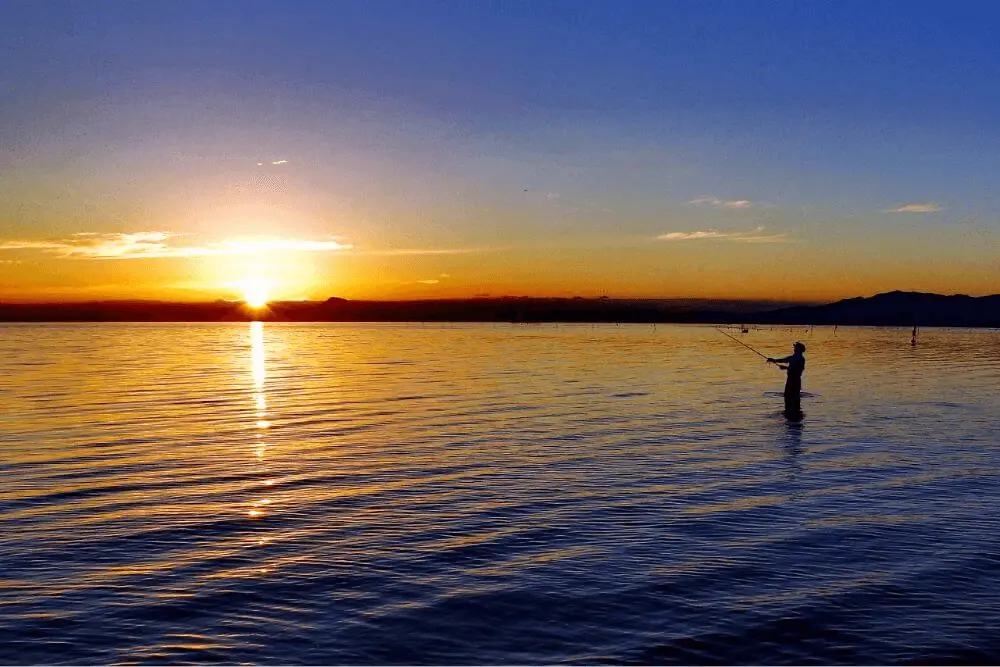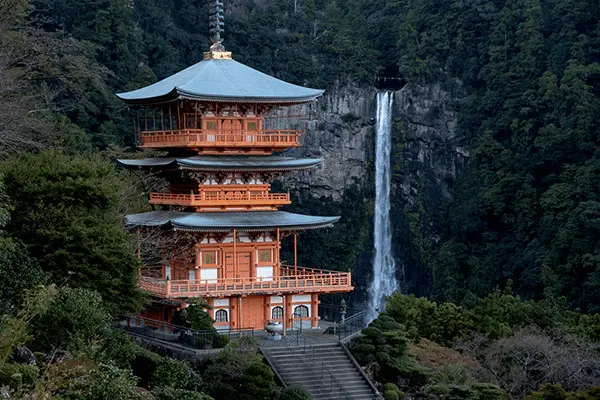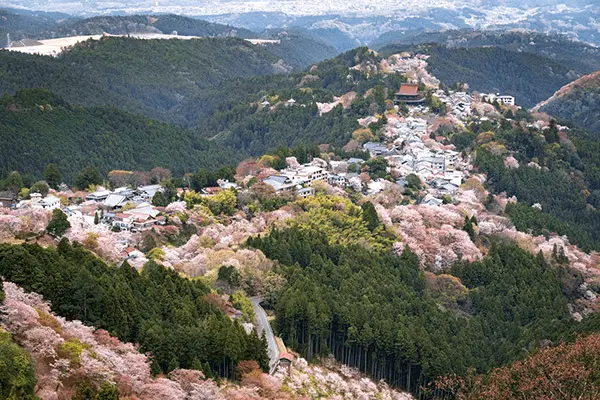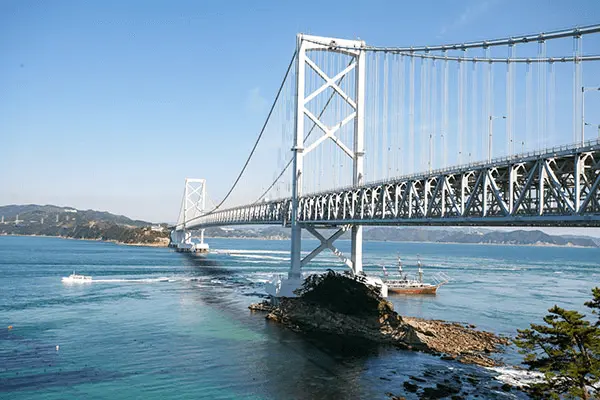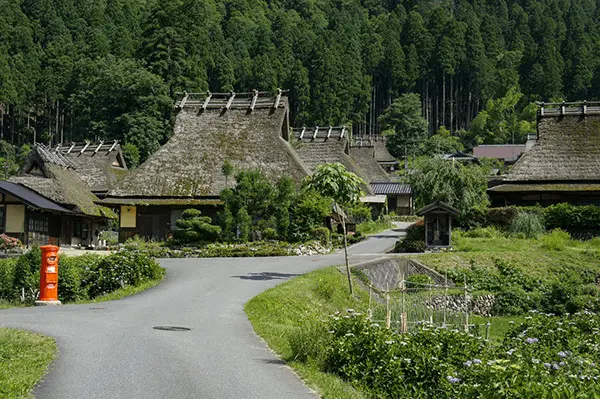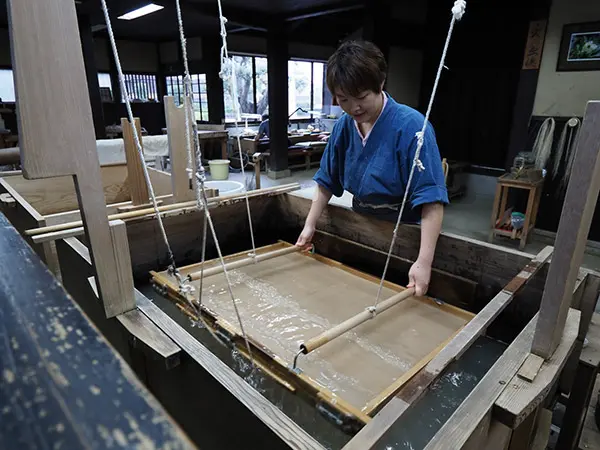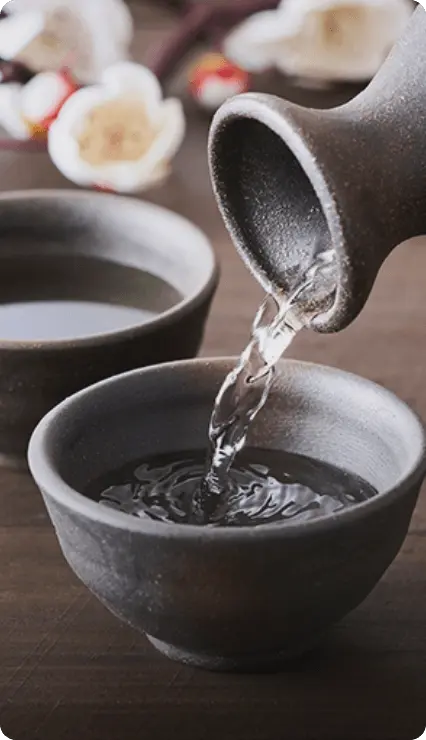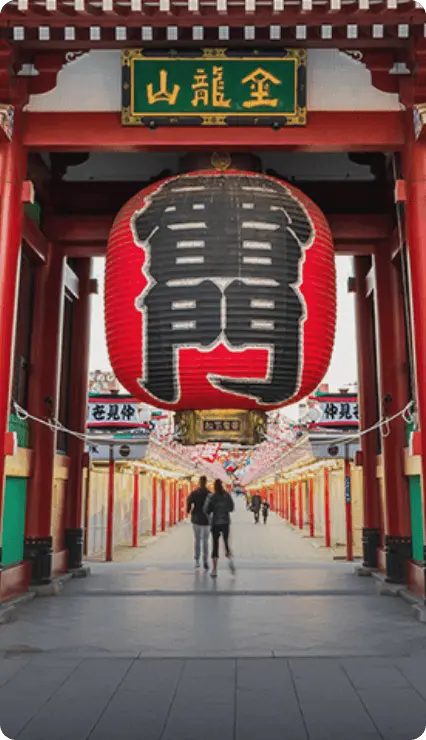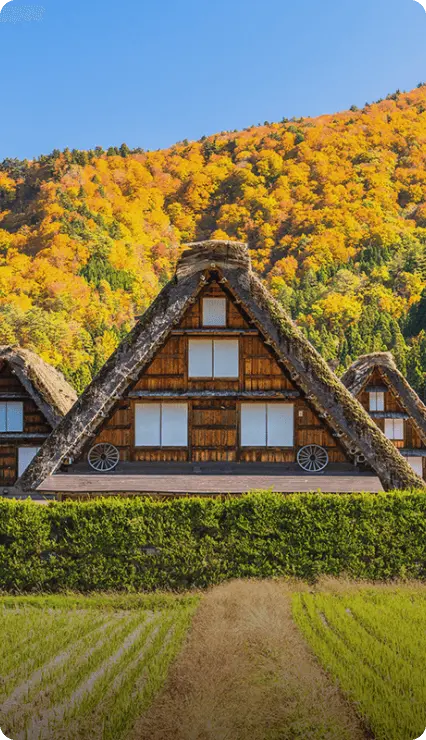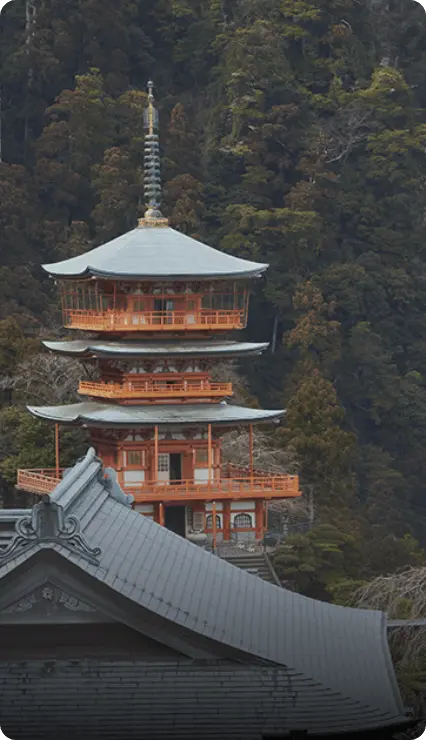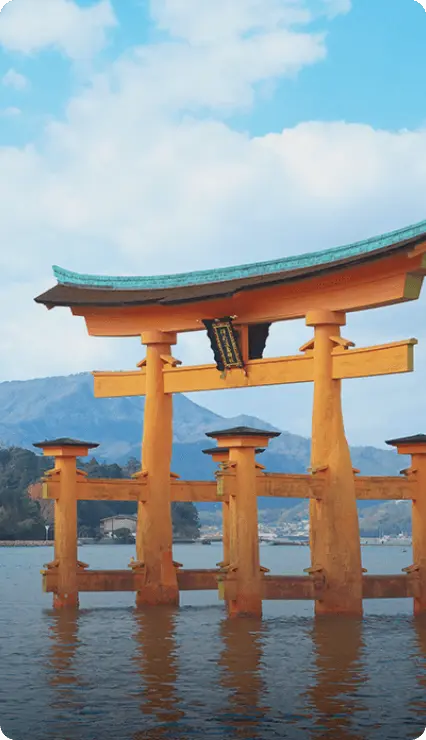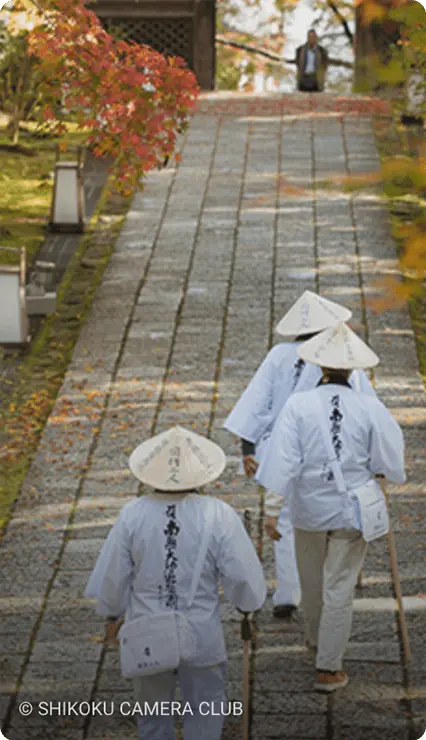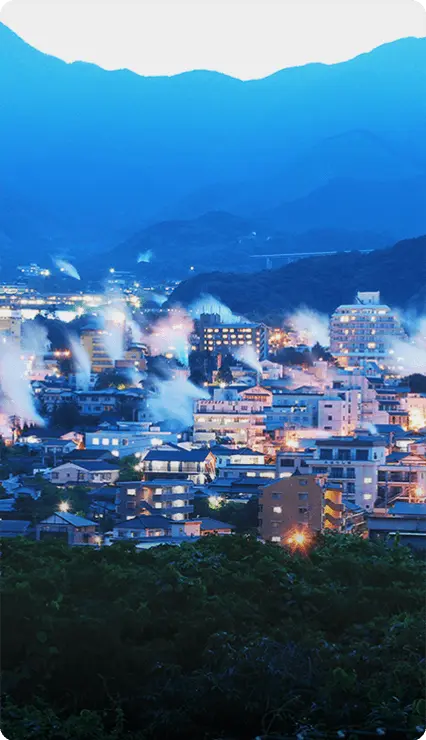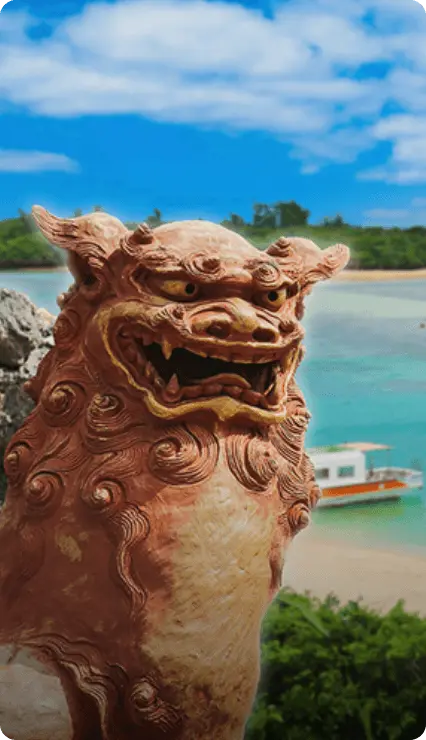Experience Japanese Food Culture on a Kansai Gourmet Tour Through MiketsukuniHyogo / fukui / Mie / Kyoto

Japan’s Kansai region has a rich food heritage. Miketsukuni, a term dating back to 1,400 years ago, encompasses a number of regions that historically supplied the imperial court with top-quality produce. Awaji, Wakasa and Shima, have preserved their culinary heritage as suppliers of food to the imperial court in Nara and Kyoto. Start your trip on Awaji Island and savor exquisite dishes featuring the freshest local catches before heading to the Wakasa Obama Food Culture Museum to learn local recipes from the experts. Trying your hand at a cooking class in Japan unveils the essence of its unique food culture. 30 minutes away by car, Kumagawa-juku is one of the best villages in Japan to try mackerel sushi, while three and half hours by car from the town, you’ll encounter the region’s legendary ama divers on a diver’s hut experience in Shima. Finish your trip with a culinary experience at a restaurant in Kyoto, where you'll taste the flavors of Imperial cuisine from the Heian era (794-1185).

- 1
-

1
Fine food and sea views await on Awaji Island
Hyogo
Awaji Island is well-known as one of the best places to enjoy seafood in Japan. The rich waters that surround the island provide a bountiful harvest and visitors are astounded by the freshness and quality of the local catch. Of course, with its global reputation for exquisite ingredients and food traditions, settling down to an inspiring meal is one of the most popular activities in Japan for visitors. To find one of the very best dining experiences on Awaji Island, head to GRAND CHARIOT Hokutoshichisei 135°. This stunning hotel’s quirky cocoon rooms provide guests with sweeping views of Awaji Island’s natural landscape and skylights to observe the night sky. However, it’s the cuisine that really takes center stage. Renowned chef Haruyuki Yamashita oversees the kitchen, which serves beautiful dishes prepared using local ingredients. If you’re lucky enough to visit the hotel during summer, you can enjoy an outdoor barbecue brimming with local seafood and delicacies from the nearby mountains, or opt for the delightful experience of savoring sukiyaki indoors if the weather isn’t fortunate.
-
150mins
by car from GRAND CHARIOT Hokutoshichisei 135° to Wakasa-Obama Food Culture Museum
-
- 2
-

2
Experience the magic of Japan's culinary heritage in Wakasa, Miketsukuni
Fukui
Engaging in a cooking class in Japan unveils its hidden culinary treasures. At the Miketsukuni Wakasa Obama Food Culture Museum, you can experience a food culture unique to the Wakasa region, a culture dating back many centuries. You can try your hand at making Wakasa specialty dishes in one of the more unique cooking classes in Japan. Choose from a menu of pressed mackerel sushi, kamaboko (fish cake), temari sushi (sushi balls) and other seasonal delicacies. Here, you can also experience traditional aspects of Wakasa culture through chopstick making or by making traditional Japanese paper. Miketsukuni is a term referring to provinces which – along with Wakasa, includes Awaji and Shima – have historically supplied regional specialties to the Imperial Court. Become part of this ancient tradition and help keep the area’s unique dishes alive by learning the cooking skills that made it famous.
-
30mins
by bus from Obama Station to Wakasa Kumagawa on the Wakae Line
-
- 3
-

3
Exploring Kansai food traditions in Kumagawa-juku
Fukui
Kumagawa-juku is one of the best villages in Japan to learn about Kansai food and the role it had to play in the evolution of culinary culture in Japan. On your travels through the country, you’ll quickly learn that in Japanese villages, and the unique culinary traditions carried on by the communities that inhabit them, are the best places to discover recipes and ingredients that have stood the test of time. Enjoy a walking tour of Kumagawa-juku where you’ll find a series of dedicated facilities like the Obama City Saba Kaido Museum and Saba Kaido Food Culture Exhibition Facility Muratakan that celebrate the rich food culture of this ancient village that flourished in its position on the Saba Kaido (Mackerel Road), the route used to transport fresh fish to the ancient capital, Kyoto. Wander through beautiful streets lined with Edo period (1603-1867) buildings and take in the atmosphere of this quaint village that still retains prominent echoes from the past.
-
210mins
by car from Kumagawa-juku to Ama Hut HACHIMAN
-
- 4
-

Hut HACHIMAN 4
Immerse yourself in Ise-Shima's ama diver tradition
Mie
At Ama Hut HACHIMAN, a traditional ama hut in the Ise-Shima region, fresh seafood caught by local free-divers – known as ama divers – is prepared in front of your eyes. For centuries, fearless female divers have been free diving for fresh shellfish and marine vegetables in the area’s rich waters. One of the most unique activities in Japan is to visit an ama diver hut and learn first-hand about how this fascinating practice, continues to have an important cultural impact on these coastal communities. As well as learning about the traditions of the ama divers, visitors can sit down and enjoy a seafood feast prepared by the divers using ingredients they caught. Expect to taste sweet spiny lobster, succulent abalone, and turban shells, a delicious mollusk that gives diners a true taste of the sea.
-
30mins
by bus from Ama Hut HACHIMAN to Toba Station on the Ama Bus
*Reservation required -
110mins
by Limited Express from Toba Station to Yamato-Saidaiji Station on the Iseshima Liner -
50mins
by train from Yamato-Saidaiji Station to Marutamachi Station on the Kintetsu-Kyoto Line and Karasuma Line
-
- 5
-

5
Discover unique food in Japan at one of Kyoto’s most fascinating restaurants
Kyoto
As Japan’s former capital, Kyoto has a long history of developing and popularizing dishes and cooking techniques fit for royalty. Today, visitors can still enjoy a culinary experience similar to how food was prepared for the royal family by booking a table at Mankamerou. Established in 1722, this outstanding establishment has stood the test of time, preserving the tradition of using Ikama-style knives when serving unique Japanese food in the royal, Yusoku tradition. While the food at Mankamerou is exquisite, a combination of finely-honed flavors and masterful artistry, the tremendous skillfulness of the chefs is equally inspiring. Visitors to Mankamerou can experience a culinary tradition dating back hundreds of years to the time of the Heian Court, Shiki-bocho. This incredible ritual involves the preparation of fish and birds without touching the animal. Instead, the accomplished chef wears a specific ceremonial costume and uses chopsticks and a special knife designed specifically for the purpose of flawless butchery.
Other Recommended Itineraries
in Kansai
Kansai
While the city of Kyoto is perhaps the most well-known tourist destination in Kansai, the nation's former ancient capital is just one of many attractions. Kansai is renowned across Japan as the place where some of the country's most enduring spiritual, culinary and cultural traditions were formed.





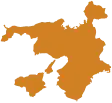






Hokkaido

Tohoku

Greater Tokyo

Central Japan

Kansai

San'in

Setouchi

Shikoku

Kyushu

Okinawa


